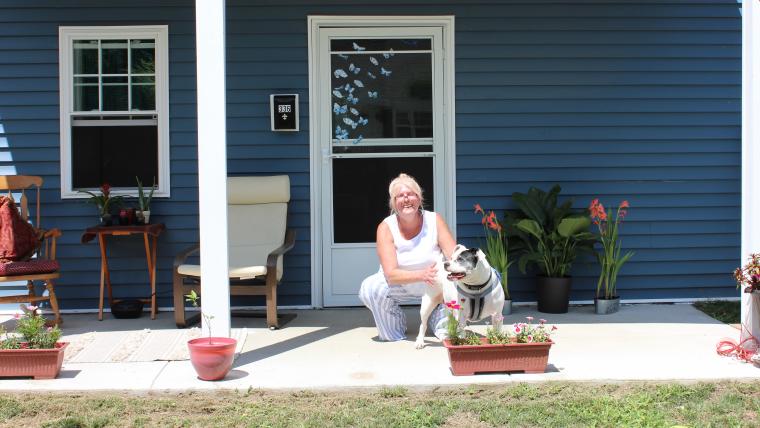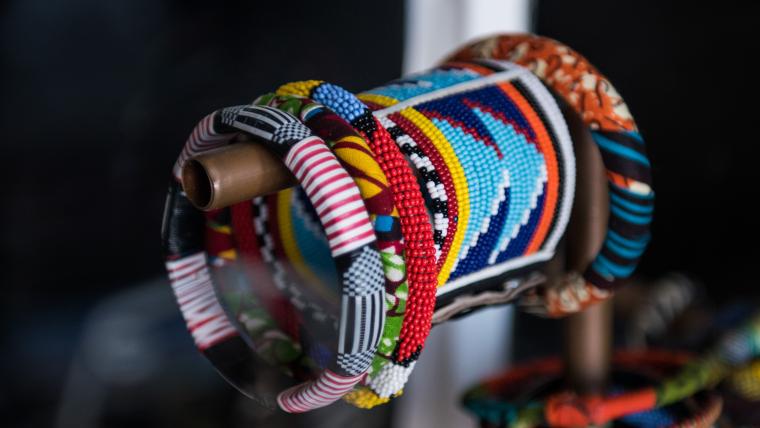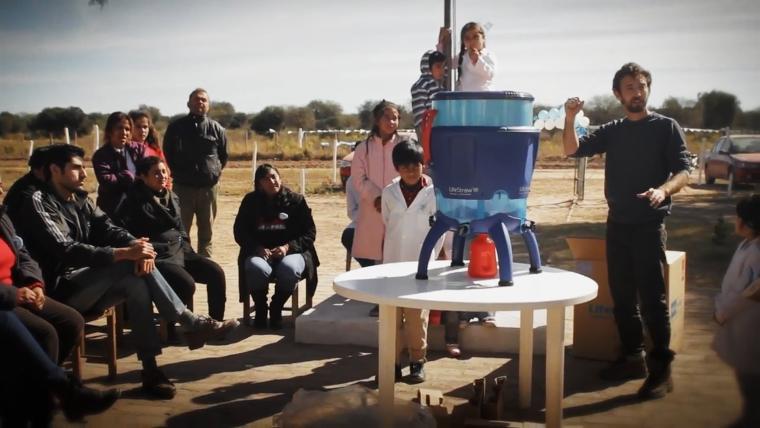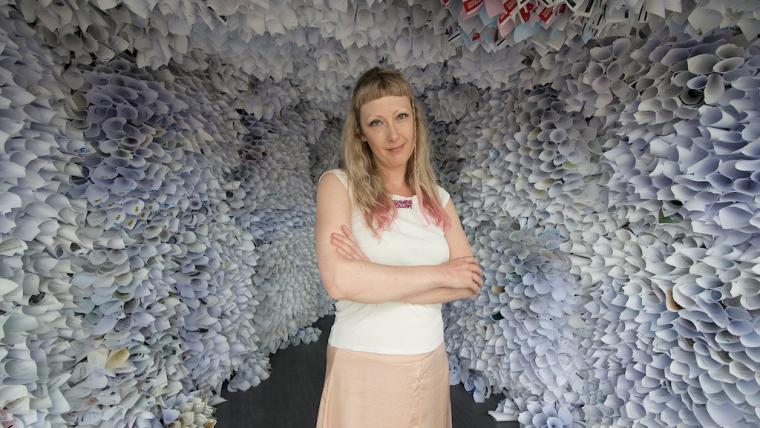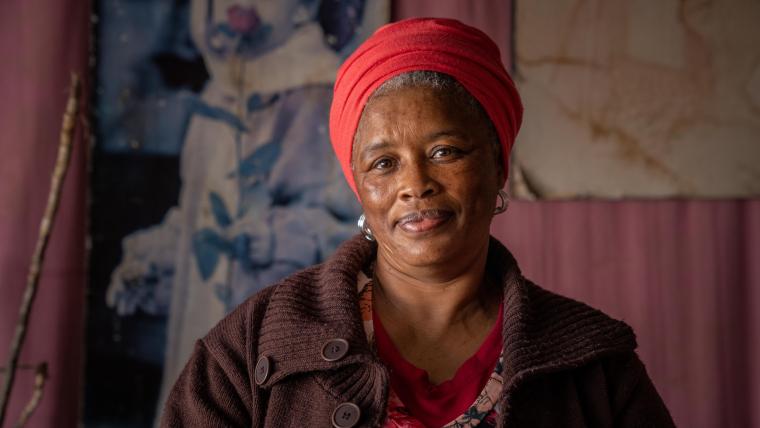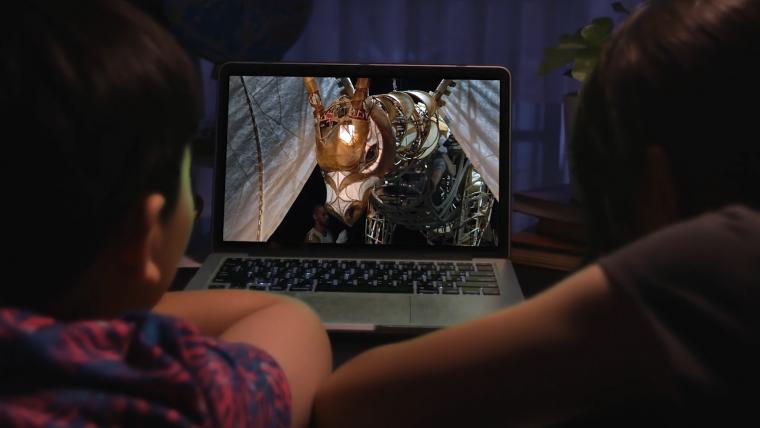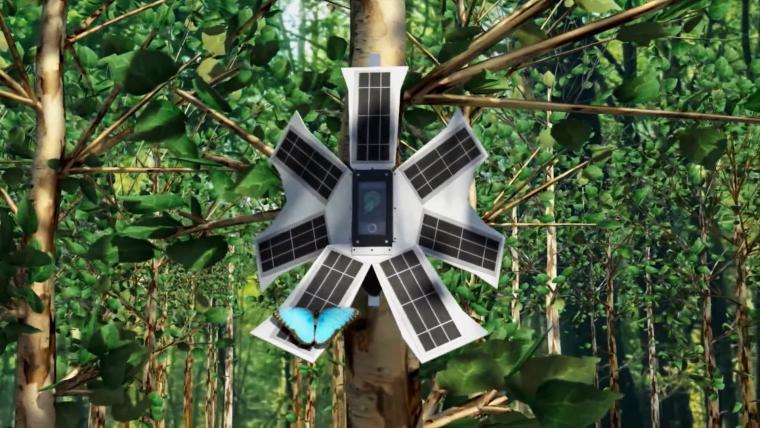In New York, Andrew Lunetta is combating homelessness by building tiny houses. As a college student, he spent his nights working at a local shelter in Syracuse. Seeing how frequently social services moved individuals between shelters and substandard temporary abodes, he was inspired to establish A Tiny Home for Good, a non-profit providing hospitable and low-cost housing for those who need it most.
Through the relationships he built with people experiencing homelessness, Lunetta realised that existing affordable housing was not conducive to long-term success. “The conditions of the homes they were given were beyond anything that anyone should have to live in,” Lunetta says. People tend to move back to shelters or live on the streets since they are safer or cleaner than the housing options. Lunetta once helped a friend move into a boarding house in the city, but after only four hours he returned to the shelter. As part of Lunetta’s mission, he seeks to create dignified homes. “When I say dignified housing I mean somewhere people actually want to live, somewhere that when they open the door, they're proud to call home,” he says. “I believe that's the only thing that keeps someone housed long term.”
In 2014 Lunetta began planning a development with the city's approval and raised money through the organisation. But he still needed the community’s approval. Due to the stigma associated with homelessness, neighbourhoods didn’t feel comfortable having the development close by. After several community meetings, Lunetta was able to change their minds. By 2016, Lunetta and his team built on their first vacant plot with the help of a few local residents. Today the initiative not only provides housing, but offers assistance to facilitate independent living. The rent is set based on an individual's income, and they are able to connect with local care management organisations for assistance.
“Tenants are empowered,” Lunetta says. “With their own key, with their own address, they can start making changes.” Over 20 tiny houses have since been built, but Lunetta believes the impact of his work lies in the time residents spend living in their new homes. He hasn’t just provided housing, but a community for people to call their own.
You can contribute to the work done by A Tiny Home for Good here.
Footage and images by A Tiny Home for Good were used in the creation of this film.
